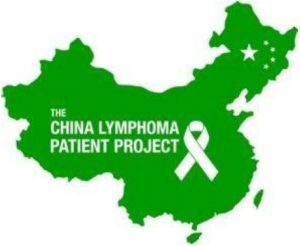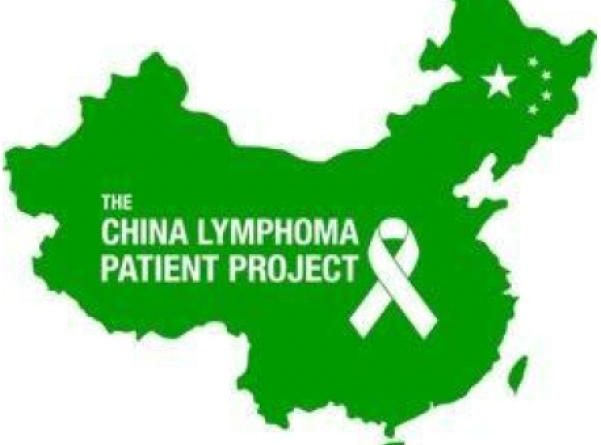Advancing Cancer Survivorship in a Country with 1.35 Billion People: The China Lymphoma Project.
Rates of lymphoma are rising rapidly and lymphoma is now the ninth most common cancer among Chinese males. The China Lymphoma Project was founded to increase awareness of lymphoma in China, including the survivability of the disease and the availability of potentially life-saving treatments, and to provide social support for men, women, and children in China who are living with the disease.
The project is working with China government officials, several of the top cancer hospitals in China and the U.S., internationally known oncologists and cancer researchers, pharmaceutical and biotech companies in China and the U.S., healthcare and environmental companies, the Confucius Institute at San Diego State University, and the Asian Heritage Society.
Advances in e-Health are being utilized to provide patient education and social support. The project will provide free e-books that profile lymphoma survivors (e.g., Kai-Fu Lee, creator of Google China), new videos, websites, pamphlets, blogs, video logs (vlogs), peer-to-peer counseling and support, and information about the latest treatments and oncology clinical trials.

A Wide-Field Fluorescence Microscope Extension for Ultrafast Screening of One-Bead One-Compound Libraries Using a Spectral Image Subtraction Approach.
The increasing involvement of academic institutions and biotech companies in drug discovery calls for cost-effective methods to identify new bioactive molecules. Affinity-based on-bead screening of combinatorial one-bead one-compound libraries combines a split-mix synthesis design with a simple protein binding assay operating directly at the bead matrix.
However, one bottleneck for academic scale on-bead screening is the unavailability of a cheap, automated, and robust screening platform that still provides a quantitative signal related to the amount of target protein binding to individual beads for hit bead ranking.
Wide-field fluorescence microscopy has long been considered unsuitable due to significant broad spectrum autofluorescence of the library beads in conjunction with low detection sensitivity. Herein, we demonstrate how such a standard microscope equipped with LED-based excitation and a modern CMOS camera can be successfully used for selecting hit beads. We show that the autofluorescence issue can be overcome by an optical image subtraction approach that yields excellent signal-to-noise ratios for the detection of bead-associated target proteins.
A polymer capillary attached to a semiautomated bead-picking device allows the operator to efficiently isolate individual hit beads in less than 20 s. The system can be used for ultrafast screening of>>200,000 bead-bound compounds in 1.5 h, thereby making high-throughput screening accessible to a wider group within the scientific community.

